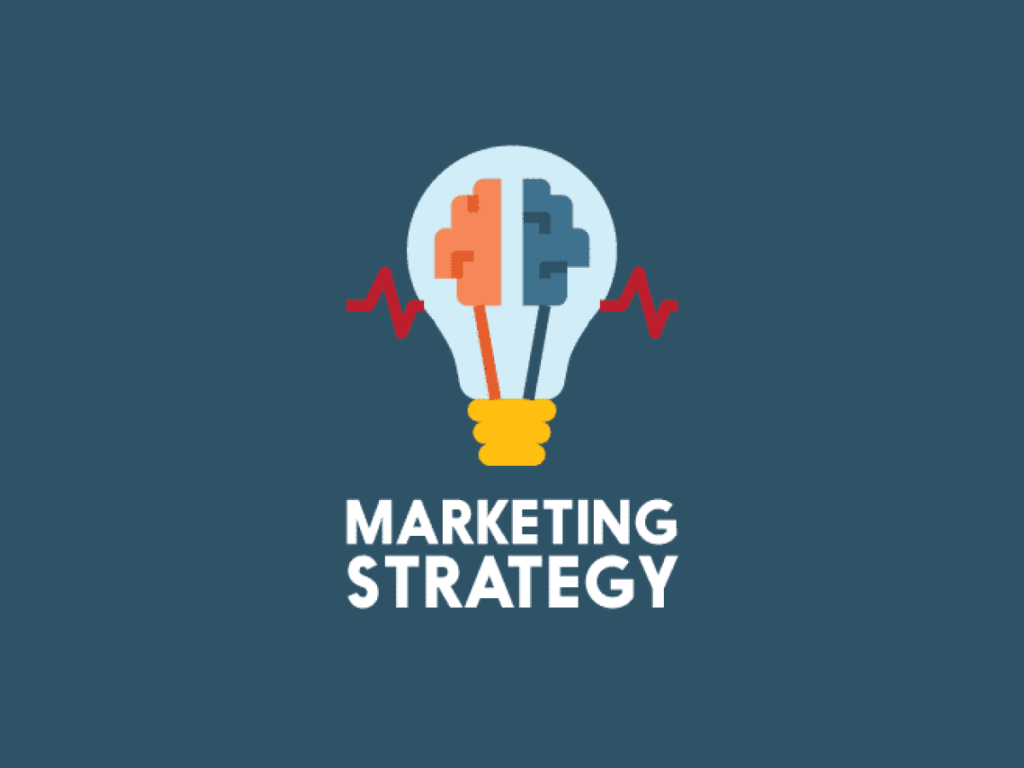Augmented reality (AR) is a technology that enhances a real-life environment by layering three-dimensional artificial objects on top of it. A popular application that demonstrates the use of AR is the Pokémon Go mobile app.
According to the Drum report, AR can capture people’s attention for over 85 seconds, increase interaction rates by 20 percent, and improve click-through rates to purchase by 33 percent. That presents a huge opportunity for marketers to place and position their products or services in the minds of consumers. It has been predicted to surpass print, online, and television advertisements due to its shock-factor. Tim Cook, Apple’s CEO, has said that AR will one day be as important in our everyday lives as “eating three meals a day.”
Now let’s examine how some companies are currently making the most of Augmented Reality.
- Sephora.
There is a reason most women don’t buy makeup products online since it is impossible to know if you’ll like the lip color or foundation coverage if you don’t try it on, in-store.
Sephora understands this struggle, and created an augmented reality experience to ensure Sephora app users can see how makeup products will look on their face via their phone’s camera. Users can also find out which tools or products they’ll need to apply certain products.
Additionally, the app’s AR technology can show users the effects of months of skincare on their skin — a visual they won’t find in-store.
- AMC Theatres.
AMC Theatres, understanding their audience is most interested in upcoming movie trailers when they’re at the movies, incorporated AR into their mobile app so that when a user sees a movie poster in a theatre, they can open the AMC app on their phone, scan the poster, and receive relevant information, including a cast list and a trailer.
If they’re interested in the movie after scanning, they can also purchase a ticket immediately, within the app.
By doing so, AMC Theatres is providing optimal convenience with their use of AR — while a user can YouTube a trailer or Google a review, there’s an added incentive to check the movie out and purchase a ticket when the user can do it all in one place.
- Pepsi
Sometime ago, Pepsi installed AR technology in a London bus shelter, making it appear as if a lion, UFOs, flying saucers, and other objects were headed straight for Londoners.
The production showcased Pepsi’s playful personality and provided the audience with an exceptional experience. Afterwards, a video of the bus shelter’s AR technology attracted over six million views on YouTube — making it one of it a YouTube hit.
Pepsi’s campaign highlights the effectiveness of AR when a company truly knows their audience. Pepsi didn’t need to use AR to advertise their products – instead, they trusted their consumers to appreciate the surreal experience and naturally share the story with friends, creating buzz around their brand as a result.
Conclusively, AR can provide prospective your customers with a more lifelike and realistic impression of your product or service. It can also create new worlds that completely engross and engage consumers.
Lastly, AR can increase the memorability of your marketing campaigns and is a good bet for to-of-mind-awareness and recall.
Cherubim Mawuli Amenyedor
Account Manager, Digital Innovations
Global Media Alliance
LinkedIn: Cherubim Mawuli Amenyedor
